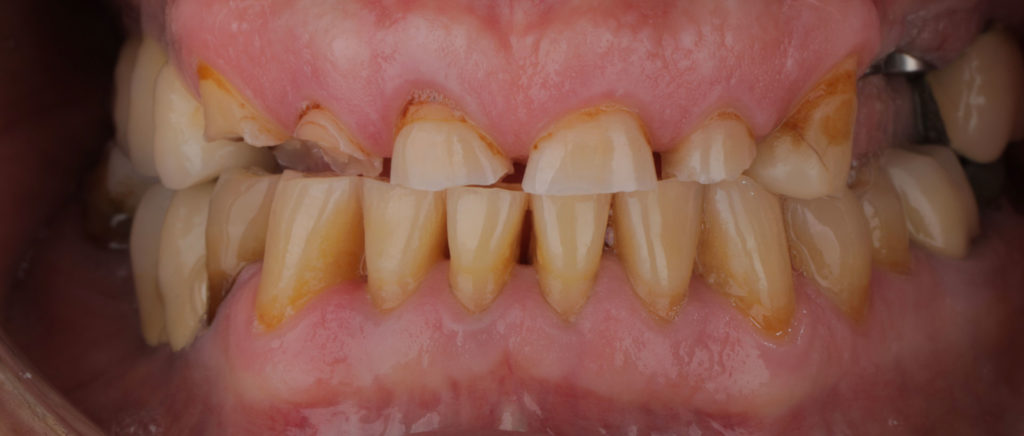08.09.2021
Today we all live at a very fast pace and the logical consequence of that is that we are under stress. Stress is a condition that leaves consequences on the whole organism, so certain changes, due to stress, occur within the oral cavity, ie the masticatory system. Abraded, worn teeth are the more visible part that patients most often come to the dentist for. The cause of tooth wear is the clenching or gnashing of teeth at night when we are not aware of it and it is called bruxism and the response is to daily stress. Some patients grit their teeth during the day, and this phenomenon is called bruxomania.
Of course, bruxism is much more harmful because we are not aware of it and therapy is often started when the consequences are already visible, such as tooth wear, pain in the temporomandibular joint (TMJ), pain in the masticatory muscles, headaches and similar.

Therapies for bruxism are different types of splints that correspond to the stage, ie the condition caused by bruxism. The splint is a very simple and quick way to help a patient who has bruxism. It is worn at night, it is transparent and covers all the teeth of one jaw. It forms a certain type of insulation between the upper and lower teeth that are no longer in contact and thus prevents further wear of the teeth. At the same time, the distance between the teeth that occurs due to the thickness of the splint allows the masticatory muscles to relax and thus eliminates muscle soreness.

The splint with its thickness raises the bite and will have a beneficial effect on TMJ in the form of cessation of pain or clicking in the joint.
The splint can also be worn during the day when we watch TV, when we are stressed, in the gym, when carrying heavy loads or any situations when we usually grit our teeth.